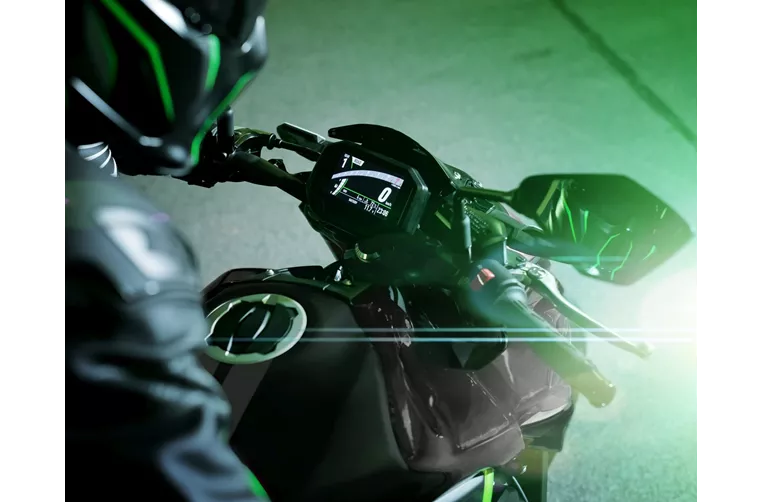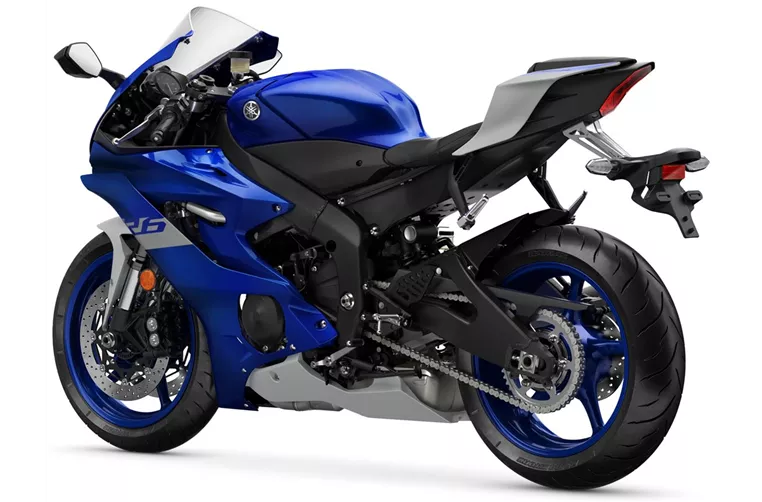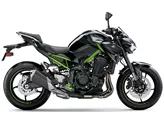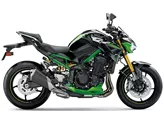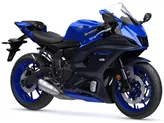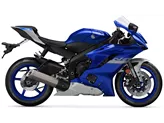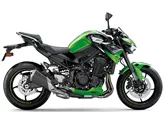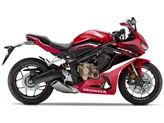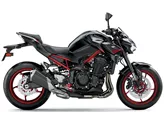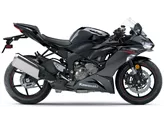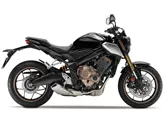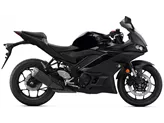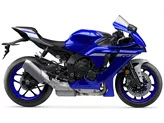Kawasaki Z900 2023 vs. Yamaha YZF-R6 2020
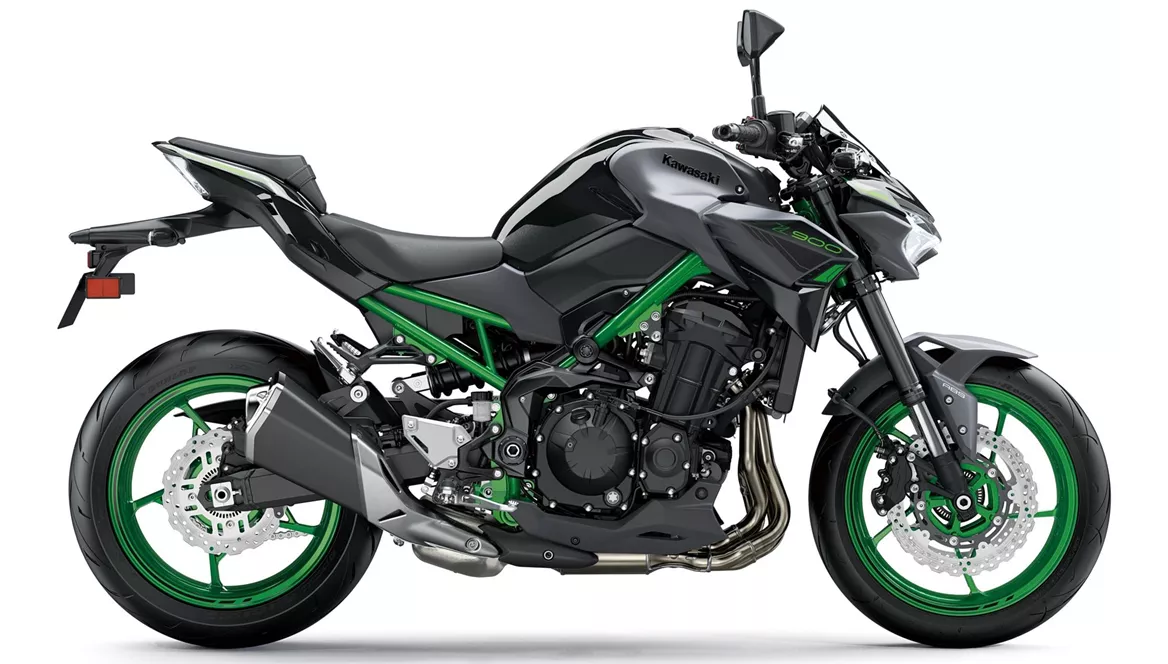
Kawasaki Z900 2023
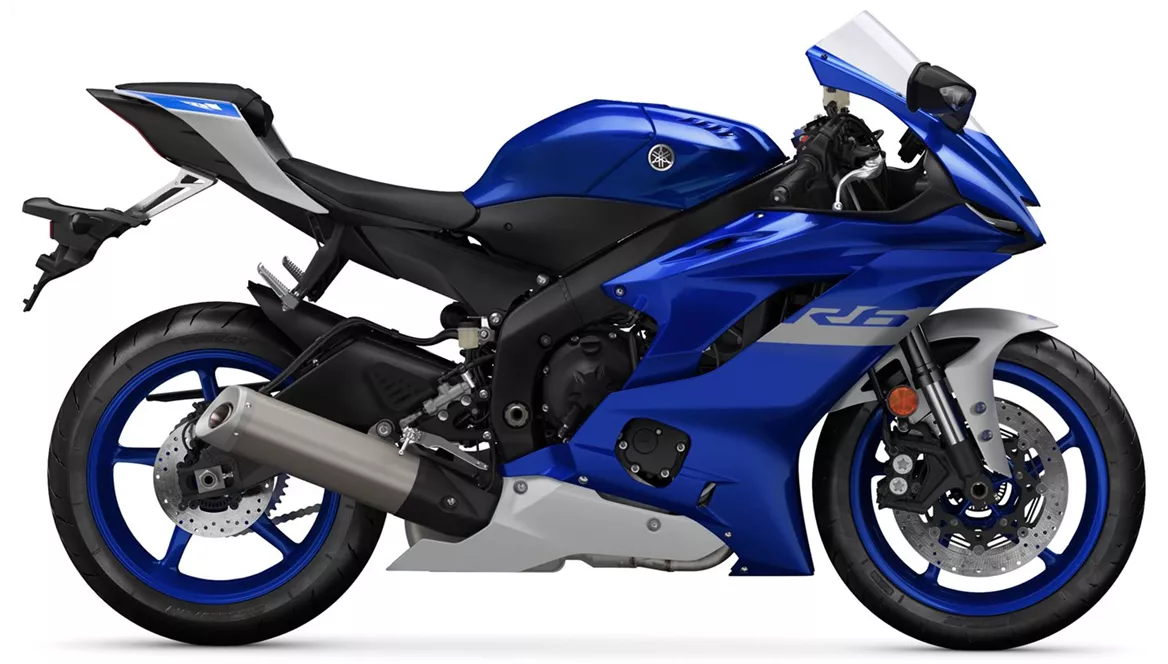
Yamaha YZF-R6 2020
Overview - Kawasaki Z900 2023 vs Yamaha YZF-R6 2020
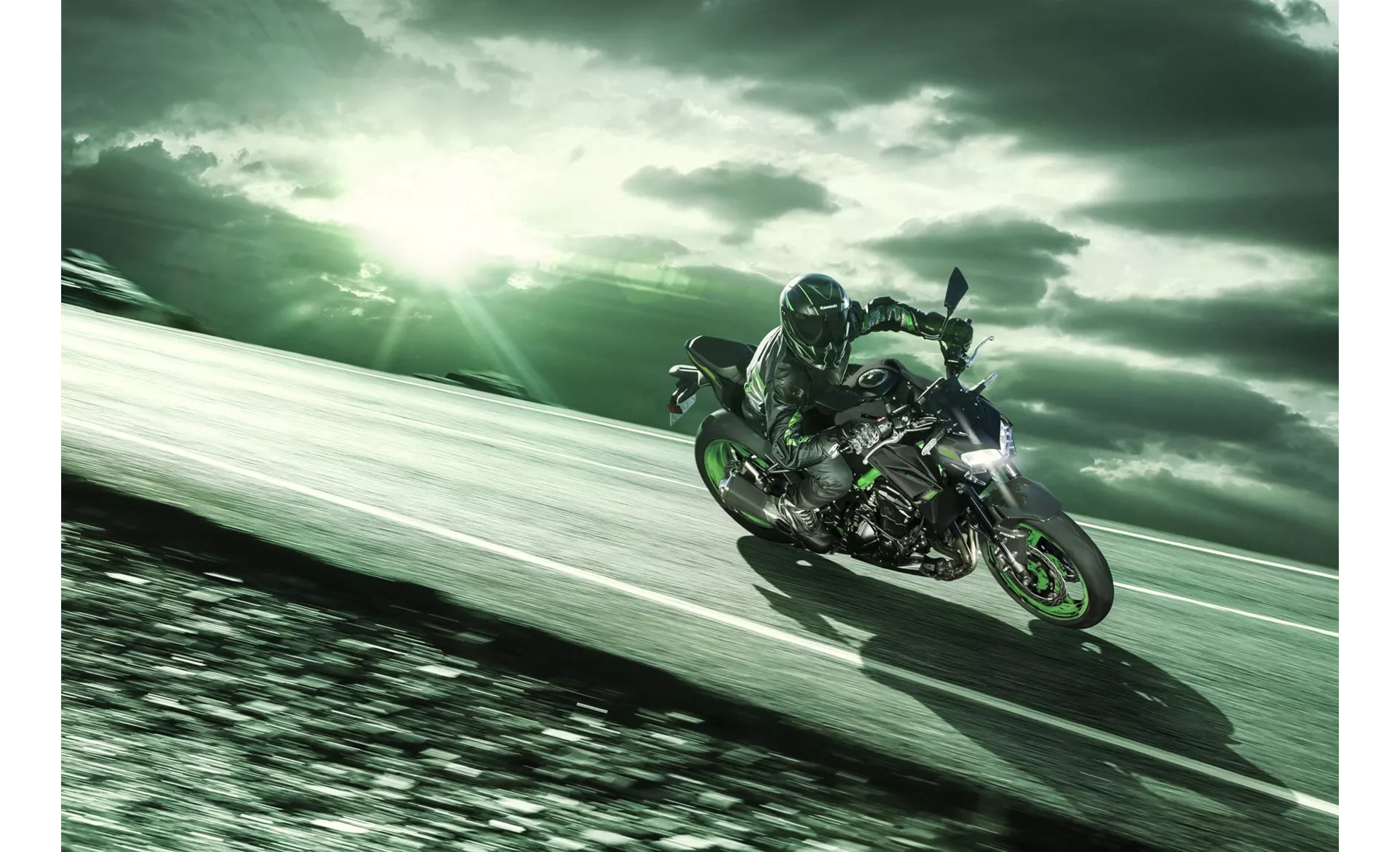
Kawasaki Z900 2023
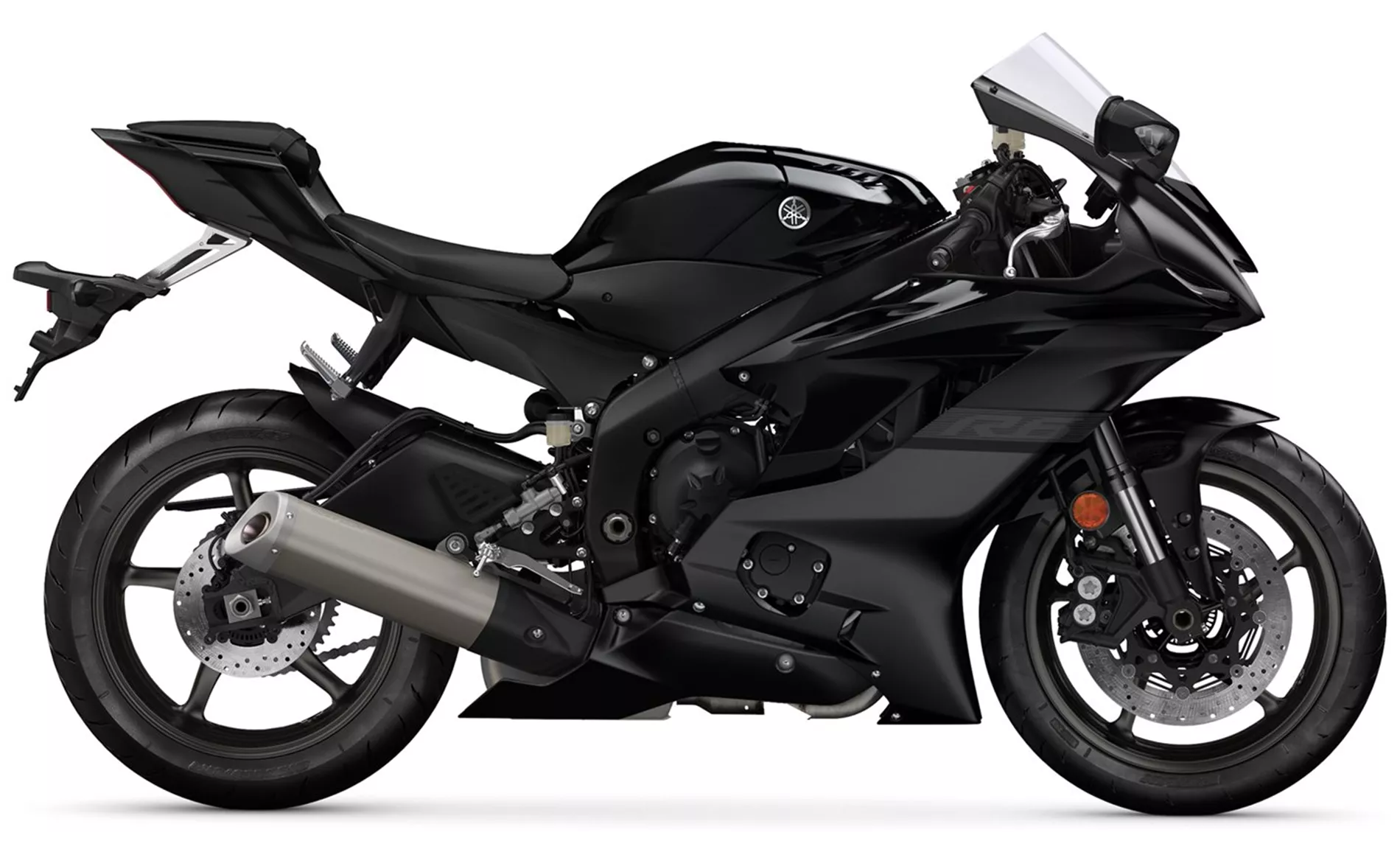
Yamaha YZF-R6 2020
Technical Specifications Kawasaki Z900 2023 compared to Yamaha YZF-R6 2020
Pros and Cons in comparison
Pros and Cons in comparison
Kawasaki Z900 2023
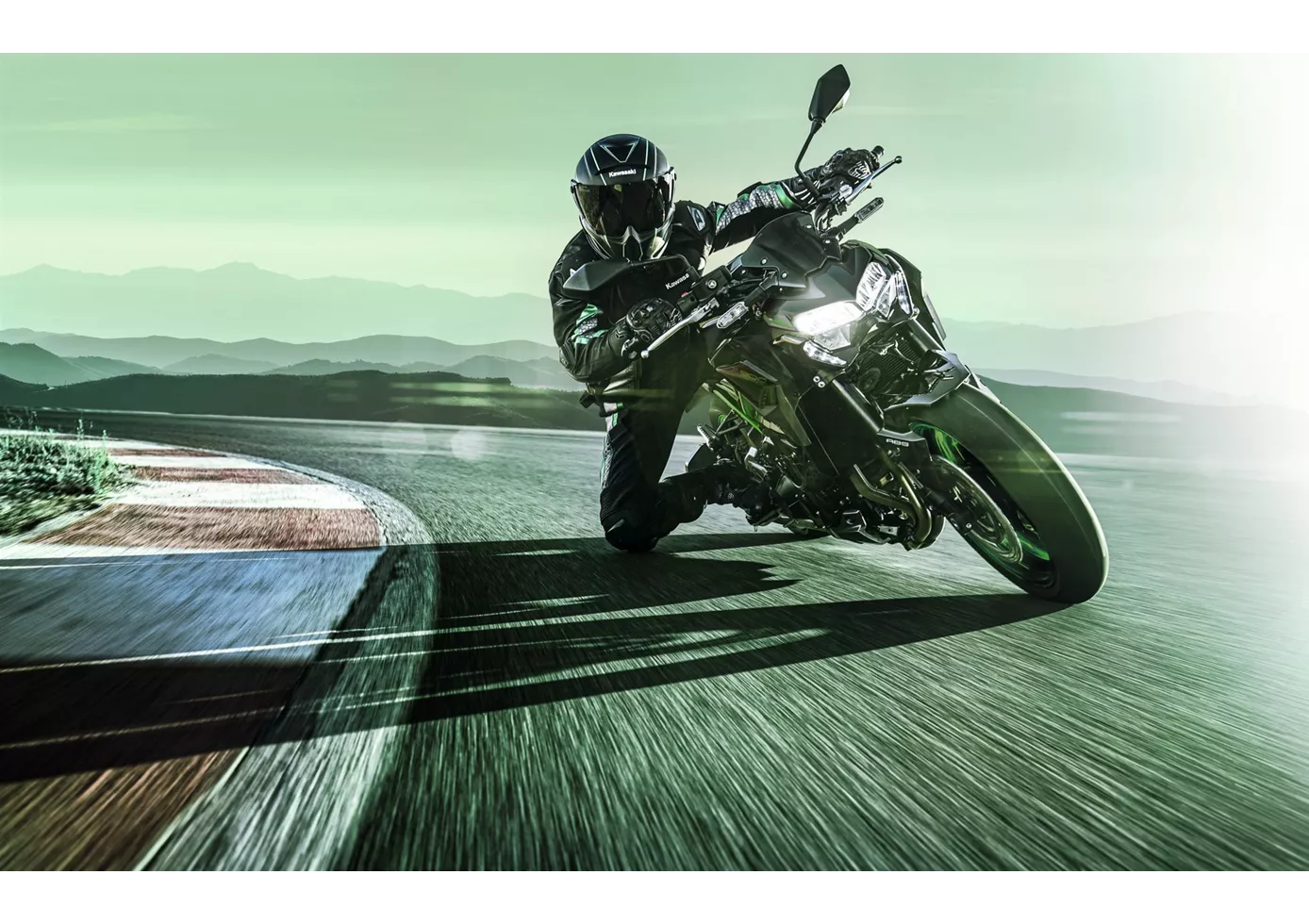
The Kawasaki Z900 may not be up to scratch when it comes to modern, lean angle-dependent electronic features, but it's relatively cheap and you shouldn't underestimate the fan base of the good old inline four - the Z900 is one of the cheapest ways to own such a great engine with just under a litre of displacement in a sporty naked bike! The higher weight is noticeable, but not massively annoying, because the handling and stability are quite alright. In terms of "outdated" electronics, the most annoying thing is the missing shift assistant, which is not even available as an option. Overall, however, the Z900 is a great naked bike with a great price-performance ratio.
Yamaha YZF-R6 2020
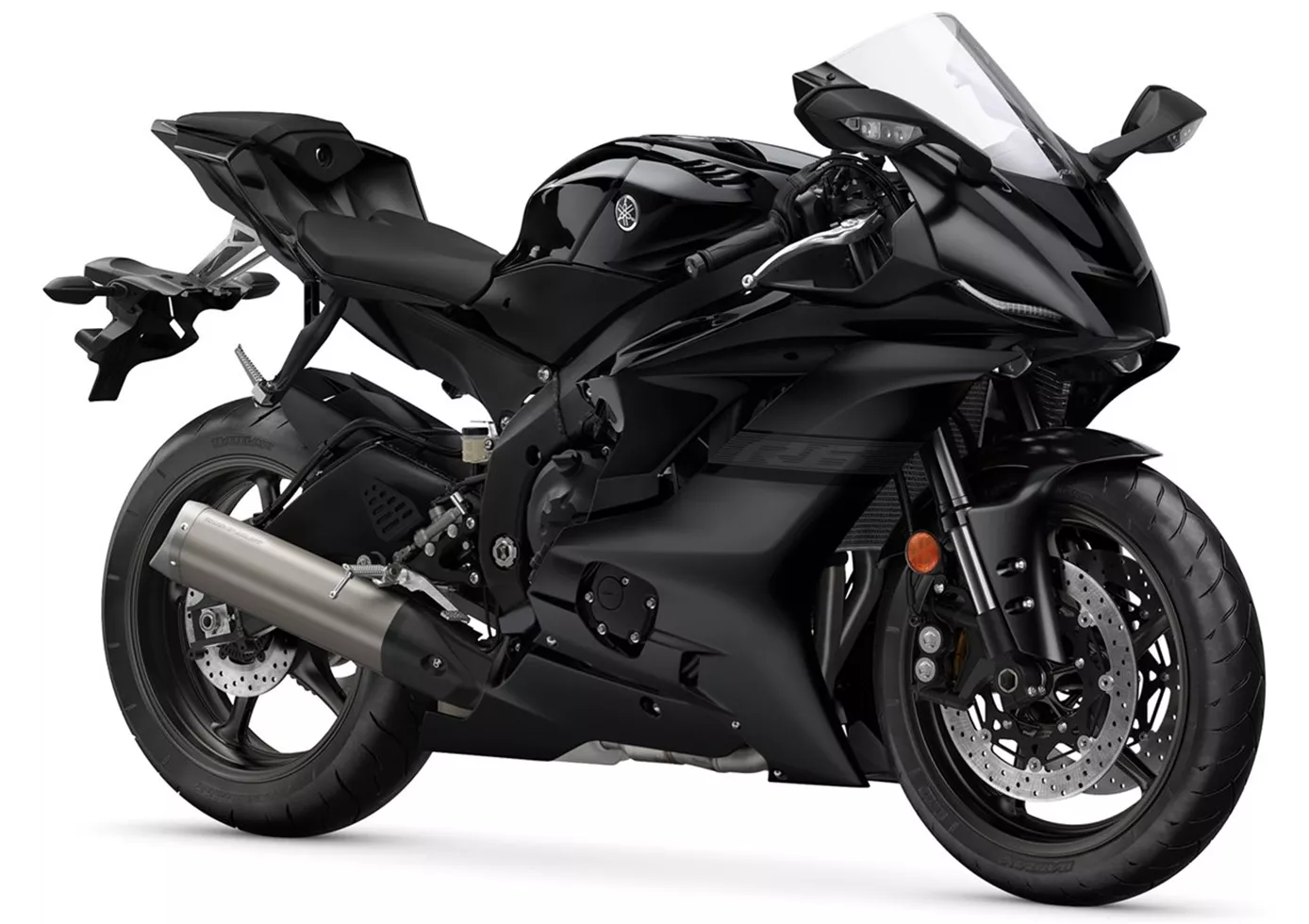
It almost seems as if the Yamaha YZF-R6 was born on the race track. It is easy to see that the R6 is the little sister of the YZF-R1. Whether it's the design, the ergonomics, the braking or the electronic aids - the racing genes are everywhere! The R6 is an outstanding piece of engineering in the 600cc class and, depending on your preferences, is probably the best 600cc bike currently available - at least for the racetrack. The Yamaha gives the rider unbelievably high precision and feedback over the front wheel and the chassis, and is super manageable at the same time! The engine is extremely rev-happy, but also wants to be kept happy. It is a pity that the latest version of the R6 has lost some of its power due to Euro 4... Nevertheless, it will be the faster track bike for most of us. And if there is a need, an open exhaust system (without road homologation) and mapping can tickle a few more horsepower out of the super sports bike. Sharp design meets even sharper components - TOP!
